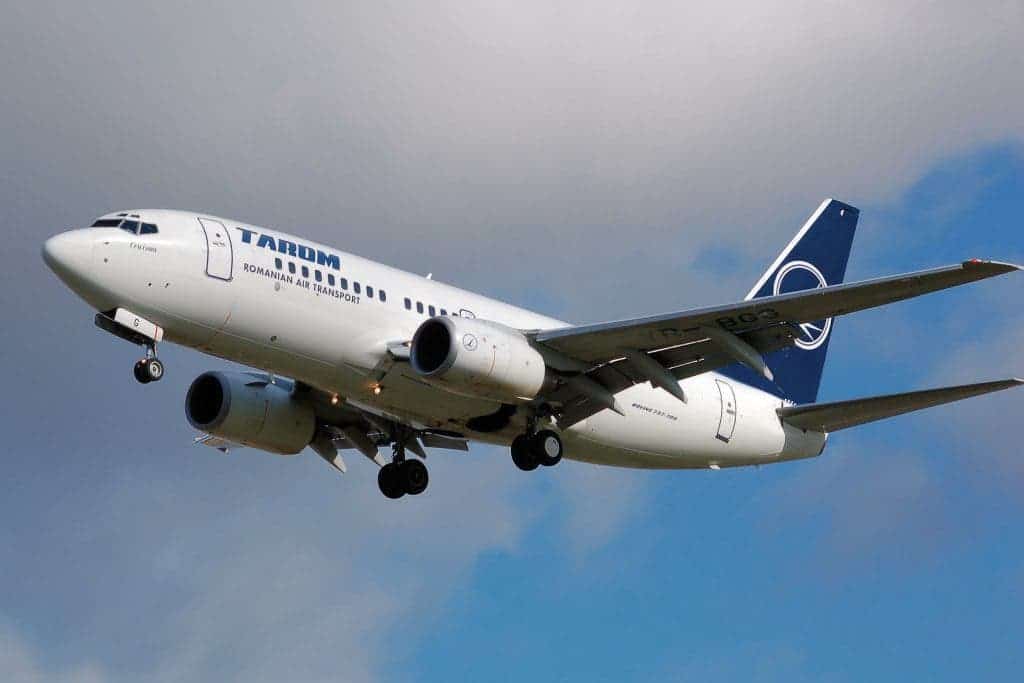Improvements in aircraft design, air traffic management and changes to airline operations could effectively slash US airline emissions by as much as 50% by 2050, a new study has found.
Air travel is a growing industry, growing by 3.6% every year (on average). Corporate and governmental moves to limit and mitigate the emissions from planes have generally been slow and inefficient, and there seems to be a lack of understand of what can be done to those purposes. With this in mind, Andreas Schäfer and colleagues looked at 21 options to curb the emissions from the US domestic aviation sector, the world’s largest air transportation system. They focused on the most common, narrow body air crafts (about 100-200 seats).
What they found is that small engineering tweaks could be responsible for massive improvements. Open rotor engines and all-carbon fibre airframes could make the airplanes much more efficient, while the airlines’ own operational efficiency could contribute about 20% each to the emissions reduction. Another noticeable aspect is the usage of biofuel, which in this context, could reduce emissions by another 10%.
However, the authors note that if the airline fleets continue to grow as they’ve done in recent years, overall emissions would grow, with the growth having a larger effect than the reduction, but in this case, it makes it even more important to implement sustainable changes: the more planes you have, the more important it becomes to make them efficient.
Journal Reference: Andreas W. Schäfer, Antony D. Evans, Tom G. Reynolds & Lynnette Dray – Costs of mitigating CO2 emissions from passenger aircraft. Nature Climate Changedoi:10.1038/nclimate2865










